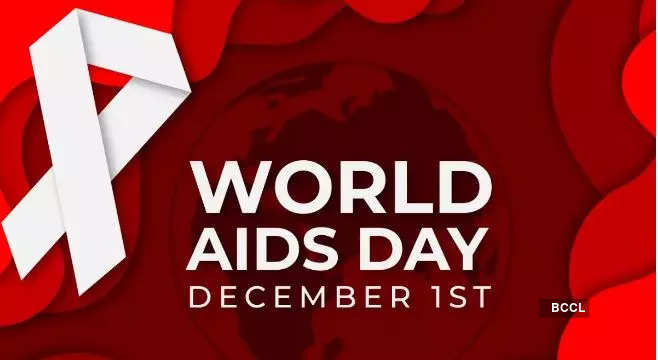World AIDS Day is celebrated annually on December 1. For the past 33 years, the World Health Organization (WHO) has been celebrating this day. The day is dedicated to the prevention of HIV infection.
Acquired immunodeficiency syndrome affects many lives, families and communities each year. That’s why it’s important to fact-check a few of the myths surrounding the condition. Dr Manisha Singh, senior consultant gynecologist and sub-specialist in reproductive medicine and surgery at Fortis Hospital, Bannerghatta Road, Bangalore, says, “There is a social stigma that surrounds society that simply touching sick people will lead to transmission of the virus. However, the virus can only be passed on or transmitted through the exchange of bodily fluids such as blood, breast milk, semen or vaginal secretions.’
On World AIDS Day, Dr. Singh debunks 10 common myths about HIV/AIDS:
Myths and facts
Myth 1: HIV/AIDS is transmitted through a casual handshake or sharing a meal.
Fact: HIV is mainly spread through unsafe sex, transfusion of infected blood and from mother to child during breastfeeding.
Myth 2: More precisely, only homosexuals or sex workers are infected with HIV/AIDS.
Fact: Anyone who engages in unsafe sex or sharing needles can contract HIV. No one is protected from HIV infection regardless of sexual orientation or profession.
Myth 3: Using condoms does not help protect against the disease.
Fact: Consistent, correct use of condoms can significantly minimize the risk of HIV transmission.
Myth 4: AIDS is a death sentence.
Fact: If the disease is treated correctly (with antiretroviral therapy), it can help people live long, healthy lives.
Myth 5: You can see HIV/AIDS.
Fact: A person with HIV can appear healthy and symptom-free for years.
Myth 6: HIV is transmitted through insect bites.
Fact: HIV is not transmitted through insect bites or any casual contact with an infected person.
Myth 7: You can get HIV by kissing an infected person.
Fact: AIDS cannot be transmitted by kissing an infected patient unless you have bleeding gums.
Myth 8: Only young people can get an infection.
Fact: People of any age can become infected with HIV, and older people are more likely to be affected by the infection.
Myth 9: AIDS treatment is too expensive and unavailable.
Fact: There are a number of government organizations that are taking the initiative to offer affordable or free HIV testing, treatment and care.
Myth 10: There is no cure for HIV/AIDS.
Fact: There is currently no cure for HIV, but a treatment called antiretroviral therapy (ART) can effectively fight the virus and prevent it from spreading.
For more information on lifestyle, astrology and health from around the world, please visit Indiatimes Lifestyle.











